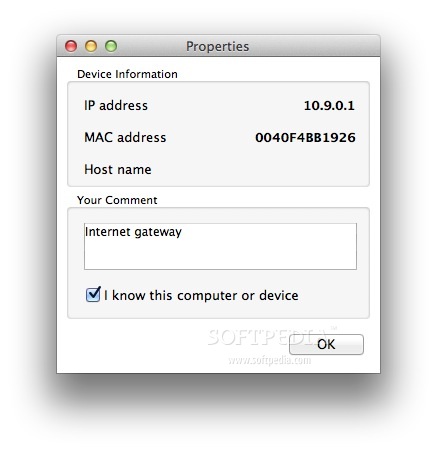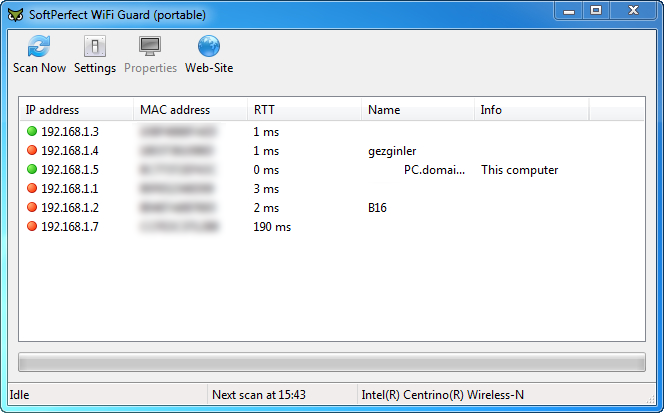
IBM Cognos Analytics 11.0 and 11.1 is susceptible to an information disclosure vulnerability where an attacker could gain access to cached browser data. Successful exploitation could lead to information disclosure. RT (aka Request Tracker) 3.8.8 through 4.x before 4.0.23 and 4.2.x before 4.2.10 allows remote attackers to obtain sensitive RSS feed URLs and ticket data via unspecified vectors.Ī vulnerability in Mitel ST 14.2, release GA28 and earlier, could allow an attacker to use the API function to enumerate through user-ids which could be used to identify valid user ids and associated user names.Īdobe Acrobat and Reader versions 2018.011.20038 and earlier, 2017.011.30079 and earlier, and 2015.006.30417 and earlier have an NTLM SSO hash theft vulnerability. IBM Spectrum Protect Server 8.1.0.000 through 8.1.10.000 could disclose sensitive information in nondefault settings due to occasionally not encrypting the second chunk of an object in an encrypted container pool. Īpache Tomcat 6.0.0 through 6.0.14, 5.5.0 through 5.5.25, and 4.1.0 through 4.1.36 does not properly handle (1) double quote (") characters or (2) %5C (encoded backslash) sequences in a cookie value, which might cause sensitive information such as session IDs to be leaked to remote attackers and ena. Mozilla Firefox before 2.0.0.8 and SeaMonkey before 1.1.5, when running on Linux systems with gnome-vfs support, might allow remote attackers to read arbitrary files on SSH/sftp servers that accept key authentication by creating a web page on the target server, in which the web page contains URIs wi. Mozilla Firefox 2.0 before 2.0.0.8 allows remote attackers to obtain sensitive system information by using the addMicrosummaryGenerator sidebar method to access file: URIs.
SOFTPERFECT WIFI GUARD 2.0.1 TORRENT CODE
Remote code execution is possible in Cloudera Data Science Workbench version 1.3.0 and prior releases via unspecified attack vectors. IBM X-Force ID: 133123.Ģz project 0.9.6.1 allows remote attackers to obtain sensitive information via (1) a request to index.php with an invalid template or (2) a request to the default URI with certain year and month parameters, which reveals the path in various error messages. The information can be used to mount further attacks on the system. IBM Pulse for QRadar 1.0.0 - 1.0.3 discloses sensitive information to unauthorized users. Incorrect access control in the web interface in Ruckus Wireless Unleashed through 200.7.10.102.64 allows remote information disclosure of bin/web.conf via HTTP requests.


IBM X-Force ID: 195568.Įxisting UEFI setting restrictions for DCI (Direct Connect Interface) in 5th and 6th generation Intel Xeon Processor E3 Family, Intel Xeon Scalable processors, and Intel Xeon Processor D Family allows a limited physical presence attacker to potentially access platform secrets via debug interfaces. It can even detect firewalled computers that do not respond to ping.IBM Sterling File Gateway 2.2.0.0 through 6.1.1.0 could allow an authenticated attacker to enumerate usernames due to there being an observable discrepancy in returned messages. SoftPerfect WiFi Guard routinely scans over your wireless network and will alert you if a new, possibly suspicious, device has been located on the network. On your network, an unauthorized user could get you into a lot of trouble depending on their activities, or they could decide to monitor your Internet traffic. Of course, brute force attacks are also theoretically possible.

A wireless key can also be easily retrieved using a variety of tools from your PC. However, that does not make it impossible for an intruder to get onto your wireless network.įor starters, your default wireless key (if you got the router from an ISP) is probably printed on the router somewhere, which is easily read by anyone close enough. Thankfully, these days most wireless networks are pretty secure, with very few still using the vulnerable WEP.

SoftPerfect WiFi Guard is a tool you can use to monitor for unauthorized users on your wireless network.


 0 kommentar(er)
0 kommentar(er)
